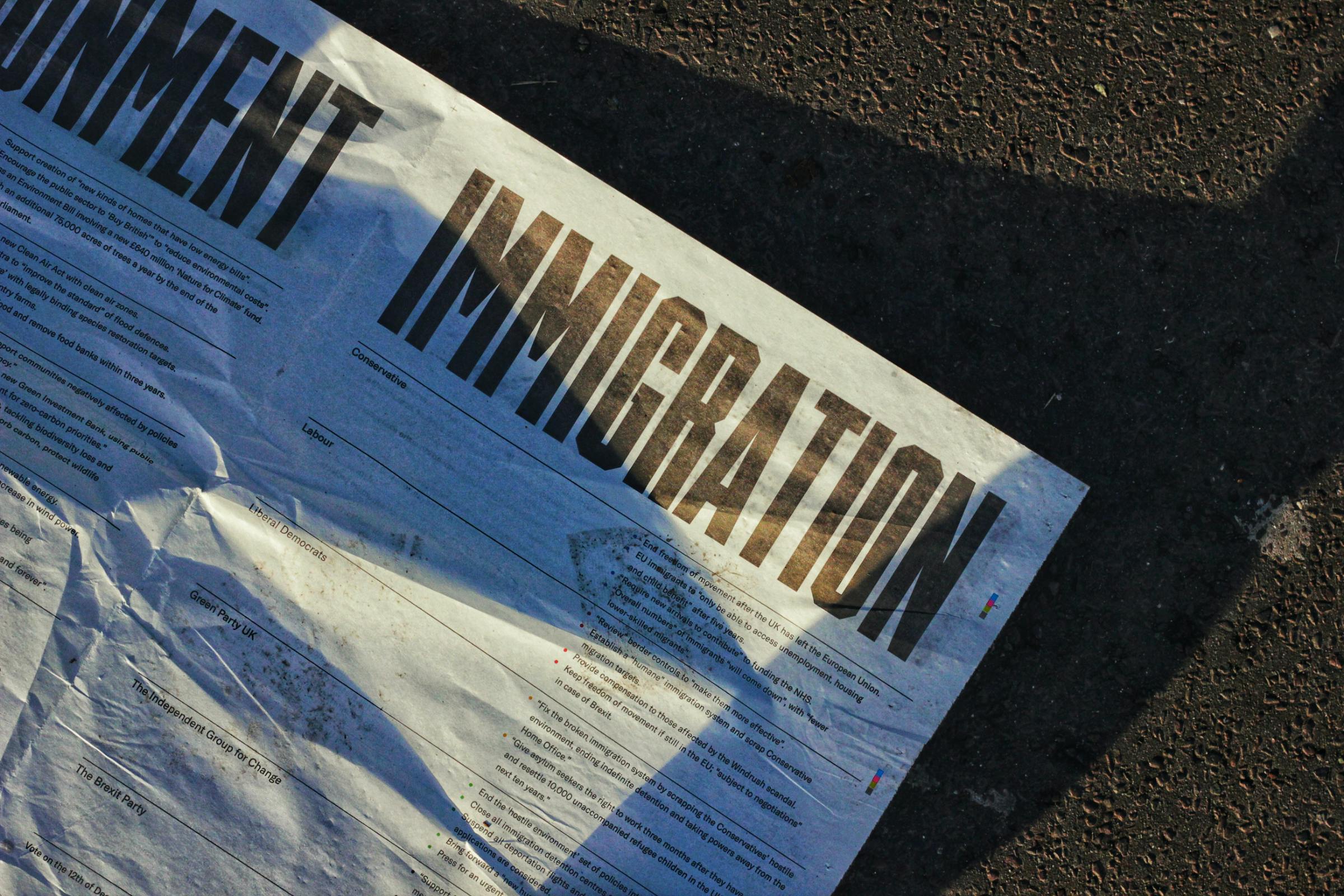Have you ever heard of an EOS? An Extension of Stay is a formal way for both immigrants and non-immigrants to remain in the United States lawfully. This procedure is often necessary for those whose visas are about to expire, or for those who want to change their plans given that they are already under a certain visa protocol.
Here is a list of ways that an individual who is a resident alien, or just an alien in general, can go about extending their stay. This process is important because, in order for some to be able to file their adjustment of status application, they first need an EOS order, in order to eligible for the I-485 application:
1. You were lawfully admitted into the United States with a nonimmigrant visa (Non-immigrant visas include an H1-B or H2-B, for example. In general non-immigrant visas are issued to foreign nationals seeking to enter the United States on a temporary basis for tourism, business, medical treatment, and certain types of temporary work).
2. Your nonimmigrant visa status remains valid.
3. You have not committed any crimes that make you ineligible for a visa (this is during the time you were a visa holder in the United States).
4. You have not violated the conditions of your admission (for H1-B recipients, your visa is conditional to the job/rate you were hired and petitioned on behalf of. These items need to be consistent for an EOS to process).
5.Your passport is valid and will remain valid for the duration of your stay.
While the EOS is primarily reserved for non-immigrant visa holders, there are also many situations in which an immigrant cannot simply apply for an EOS. The following include:
- If you were part, or are currently part of the Visa Waiver Program. For more information on what the Visa Waiver Program consists of, please visit the following link at the State Department website: https://travel.state.gov/content/travel/en/us-visas/tourism-visit/visa-waiver-program.html
- Crew member (D nonimmigrant visa)
- In transit through the United States (C nonimmigrant visa)
- In transit through the United States without a visa. This will occur in form of the “Transit Without a Visa Program” (TWOV). The Transit Without Visa program has been in use in the United States since 1952. It applies to passengers who normally would be required to obtain a visa to travel to the United States. Under the TWOV program, passengers arriving in the United States from a foreign country are permitted to travel through the United States to another foreign destination without first obtaining a visa to stop and change planes in the United States. Under the TWOV program, a passenger may stop at one or two U.S. airports en route to another foreign destination.
- Fiancé of a U.S. citizen or dependent of a fiancé (K nonimmigrant visa)
- Informant (and accompanying family) on terrorism or organized crime (S nonimmigrant visa).
Benefits of the EOS Program
One of the main benefits of the EOS programs, which rewards those of non-immigrant visa status who are in clean legal standing, is that such individuals can change their job. For example, if you came to the U.S. to work in a university, you cannot change your job until the USCIS has approved the applicants' Form I-539, Application to Extend/Change Non-immigrant Status. If an applicant does try to change jobs without this necessary step, they might violate their current non-immigrant status.
As a result, having a successful filing of your I-539 Form means that you are now eligible to adjust your status, instead of trying to adjust your status under the condition that you have already violated your non-immigrant visa by not going through the EOS program in the first place.
Thus EOS can be a very valuable step in making sure that future adjustments go according to plan, and there are no surprises when it comes time to apply for a green card.














